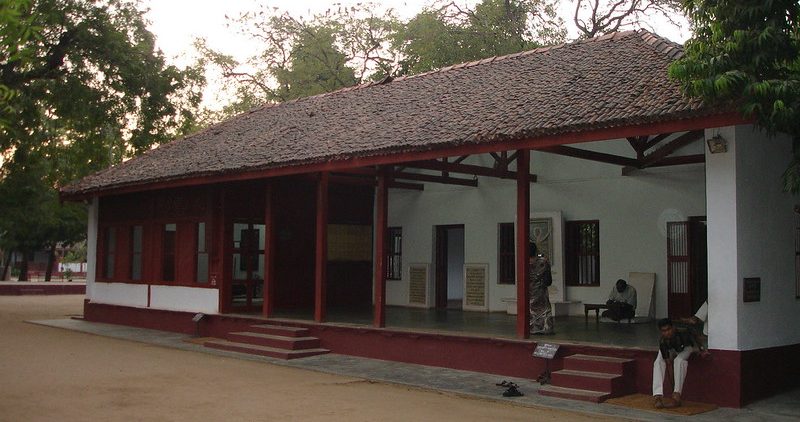New Delhi: The Supreme Court will next week hear a plea filed by Mahatma Gandhi’s great-grandson Tushar Gandhi, challenging Gujarat high court’s order dismissing his petition against Gujarat government’s decision to redevelop Sabarmati Ashram project in Ahmedabad.
A bench of Chief Justice N.V. Ramana and Justices Krishna Murari and C.T. Ravikumar on Friday, March 25 listed the matter for hearing on April 1 after senior advocate Indira Jaising mentioned the case before it.
According to LiveLaw, the petitioner has said that the project will change the physical structure of Sabarmati Ashram and affect its pristine simplicity that embodies the ideology of Gandhiji. He has also expressed his apprehension saying that with the nature of redevelopment and over-sized involvement of the government authorities in the conception and execution of the project, the ashram may lose the Gandhian ethos.
Gandhi moved the top court challenging the Gujarat high court rejecting his plea against the Sabarmati Ashram redevelopment project after the state government assured that it will “not touch” three key attractions in the one-acre area housing the main ashram.
“The government has given an assurance that the existing Ashram, which is in an area of one acre, will not be disturbed, and it will be maintained as it is. Thus, all the fears and apprehensions of the petitioner stand allayed in the government’s order,” the high court had said.
Also read: What Is Gandhian Architecture and How Must It Be Preserved?
Referring to the high court’s decision, Gandhi in his plea argued that the significance of the land doesn’t limit to the one-acre Ashram itself but covers the entire property on the banks of the Sabarmati, which covers more than 100 acres, Leaflet has reported.
The Rs 1,200-crore Gandhi Ashram Memorial and Precinct Development Project has been jointly undertaken by the state and the central government for developing the ashram, where Mahatma Gandhi lived from 1917 to 1930.
The project would be developed over an area of 55 acres from the existing five acres by bringing together heritage buildings and restoring the surroundings.
(With inputs from PTI)
